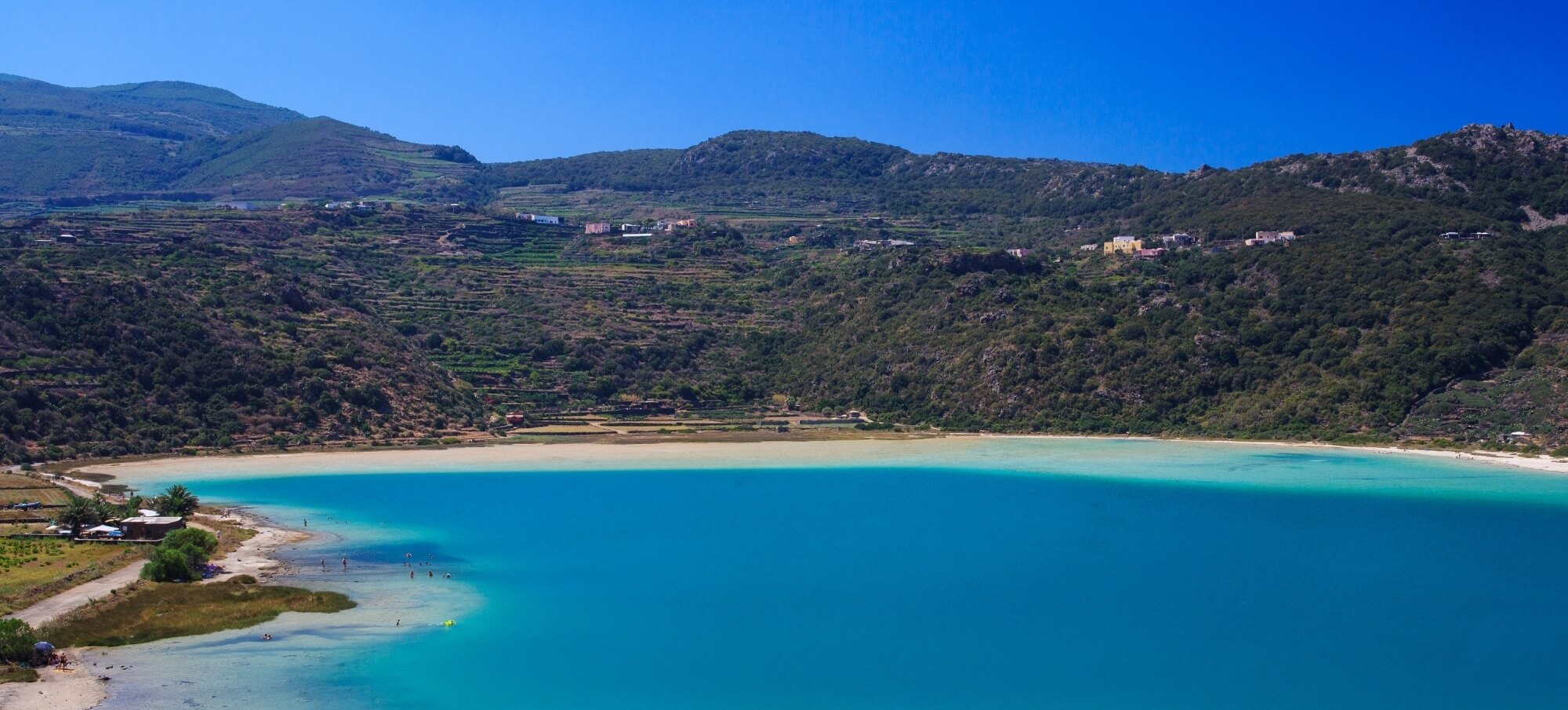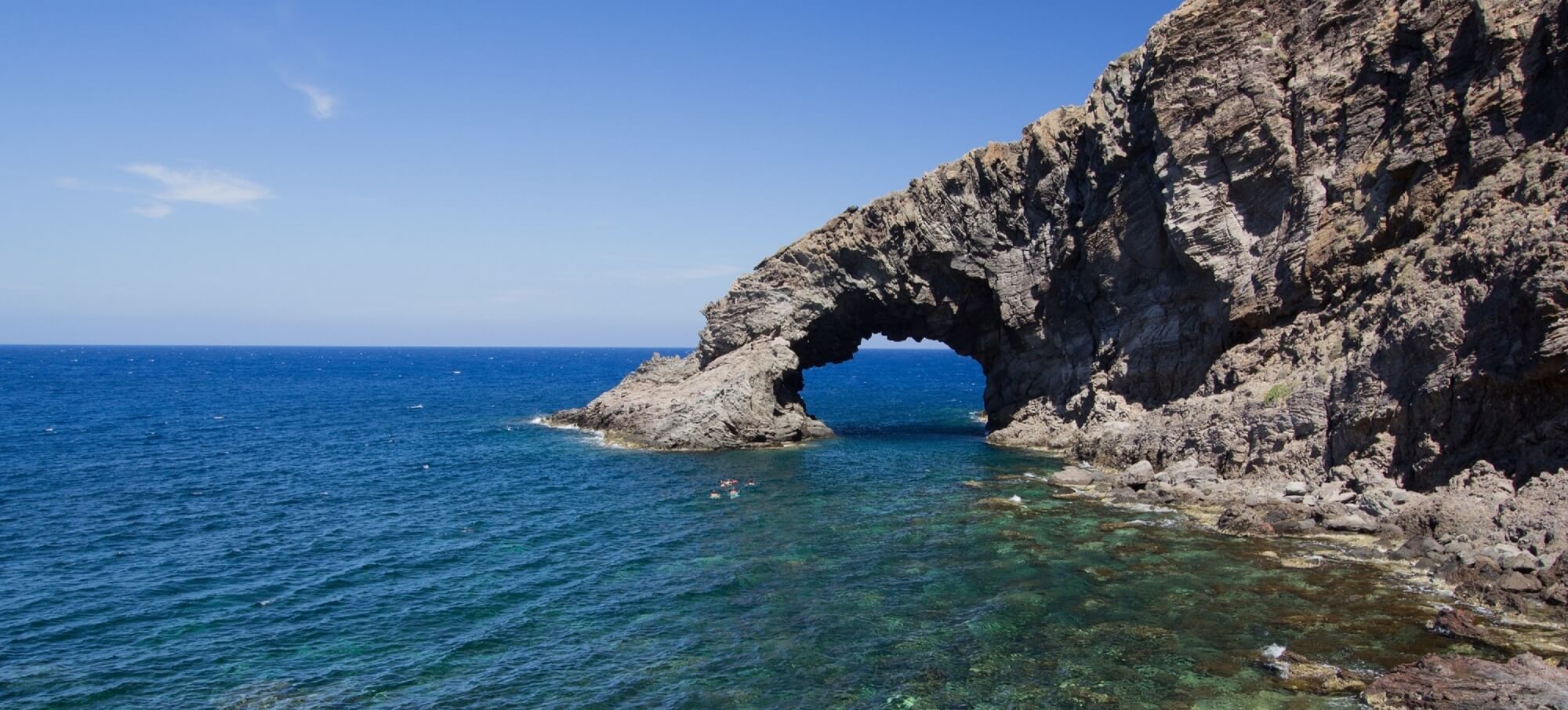Seven things not to miss in Pantelleria
Welcome to Paradise

Pantelleria. Looking at the map, you’d be forgiven to think that its heart lies closer to Africa than Italy. This small, yet incredibly rich volcanic island holds the best of both worlds, with Italian traditions mingling with African-style sunsets, burnt orange hues colouring each and everything, the deep blue of its crystalline waters a unique backdrop to sensational adventures. Pantelleria is windy – its Arabic name is Bent el Riah, daughter of the wind – and man learnt to live with the fierce power of nature, crafting marvellous vineyards that earned a UNESCO status and lava rock houses – the picturesque dammusi – exuding an exotic and remote atmosphere loved by celebrities and enjoyed by anyone looking to be captured by its exclusive aura.
A trip to the island discloses a journey to a different world, replete with sophisticated, unexpected gems; we will show you some of the most memorable places to visit.
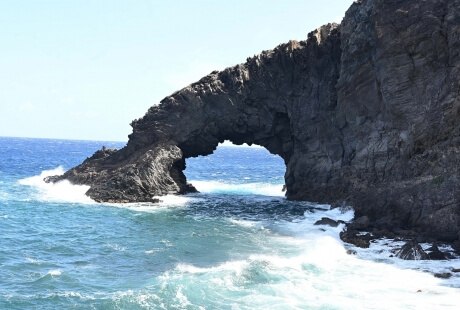
1. Arco dell’Elefante
There is more to life than English Durdle Door, French Ètretat, Scottish Staffa and Fingal’s Cave or the Giants’ Causeway in Ireland. The raw force of the wind and the sea contributed to creating very peculiar rock formations all over the world, and Pantelleria enjoys its fair share of stardom with an equally stupendous lava stone arch, known as Arco dell’Elefante (Elephant Arch). It lies to the east of the island and has become its symbol; sitting between Cala Levante and Cala Tramontana, whatever direction the wind blows, you will always find the ideal place to swim and enjoy the cobalt blue sea in calm waters, the two coves facing opposite directions.
Cala Tramontana is also fantastic for archaeology aficionados: here, more than 3,000 bronze Punic coins were found, dated between 264 and 241 BC, some of which are now part of the Pantelleria Castle collection.
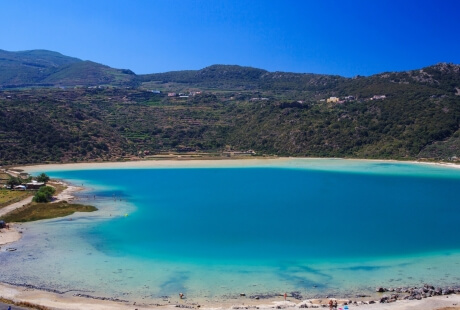
2. Lago Specchio di Venere
Legend has it that this is the place where Venus used to come to look at her reflection in the water, before meeting Bacchus, and where a temple dedicated to her used to stand. What is certain is that people use its muddy waters as a beauty treatment these days, its sweet waters containing soda providing a natural fountain of youth for the many visitors who adore this idyllic place. The area around the lake is also very fertile and is sheltered from cold winds, meaning that most fruit and vegetables grow earlier than in other parts of the island.
Visit Bugeber, the small hamlet above the lake, for superb views onto it.
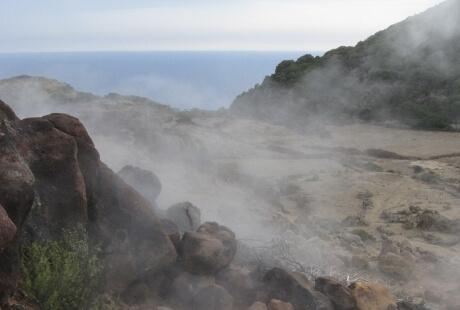
3. Sibà and the Grotta Benikulà
This is a mountainous area, among the most fascinating and mysterious ones on the island. Its name stems from the Arab word Sabah and means “morning”, as the sun rises from the nearby mountain. This pretty plateau is the ideal resting place after an excursion and you may still find some local peasant selling their local produce.
To its south lies the Grotta Benikulà – the Benikulà cave – a rock fracture where 40º steam comes out intermittently, offering a superb natural sauna.
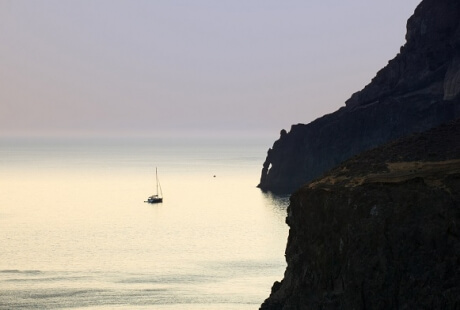
4. Salto la Vecchia
Head to the most southerly point to see this sheer, 300 metre-long drop where, allegedly, an old lady accused of witchcraft was thrown. A spectacular viewpoint with panoramas opening up onto the immensity of the sea. This place lies at the opposite end of Pantelleria’s harbour and Punta Spadillo, with its iconic lighthouse warning sailors against the island’s rugged cliffs.

5. Montagna Grande
Nature and hiking lovers will be in their element on this 836 meter-high mountain, part of the Isola di Pantelleria National Park, established in 2016. Numerous hiking trails dot the mountain and the views from the top encompass the entire island; on a clear day you may even picture the coast of Sicily.
Reach its peak at dusk and gaze at a spectacular African sunset, the ones that stay in your heart forever.
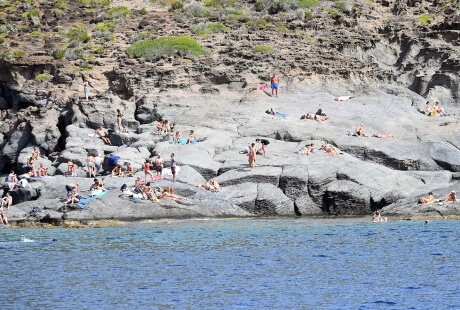
6. Balata dei Turchi
To the south of the island, this magic cove is one of the most evocative in the whole of Pantelleria, surrounded by sheer cliffs reaching a height of 300 metres and enjoying supremely blue waters. Its name stems from the Arab language and means “rock slab” as you will find a rock platform gently entering the sea. The approach by land is somewhat adventurous, preserving the wild and unspoilt nature of the entire area.
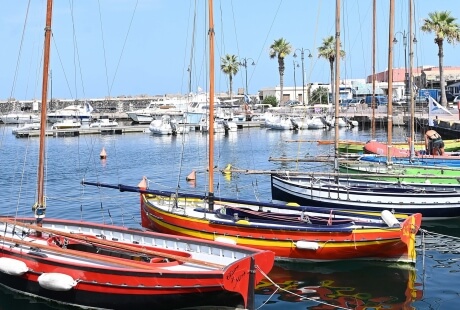
7. Scauri
This attractive harbour village sits on the south-westerly shore and directly looks at northern Africa, the ideal place where red-hot sunsets can be admired. Inhabited since antiquity, terracotta pots were produced here and used across the Mediterranean. When a boat sank on its shore in the 5th century BC, in fact, large quantities of such potteries were found aboard.
All contents, photos and texts are subject to copyright. They are only authorised on my website and social media. Ideas can be a source of inspiration, but any unauthorised use of images and texts is strictly forbidden. All rights reserved.
